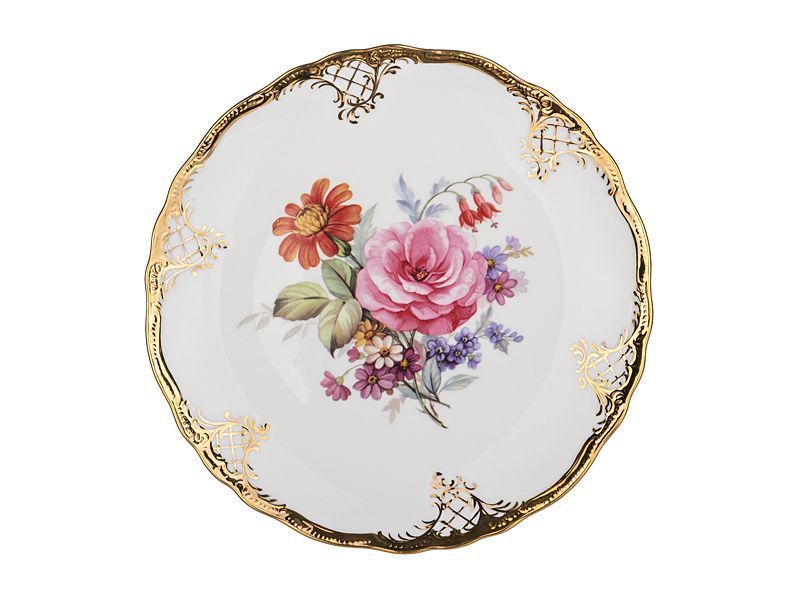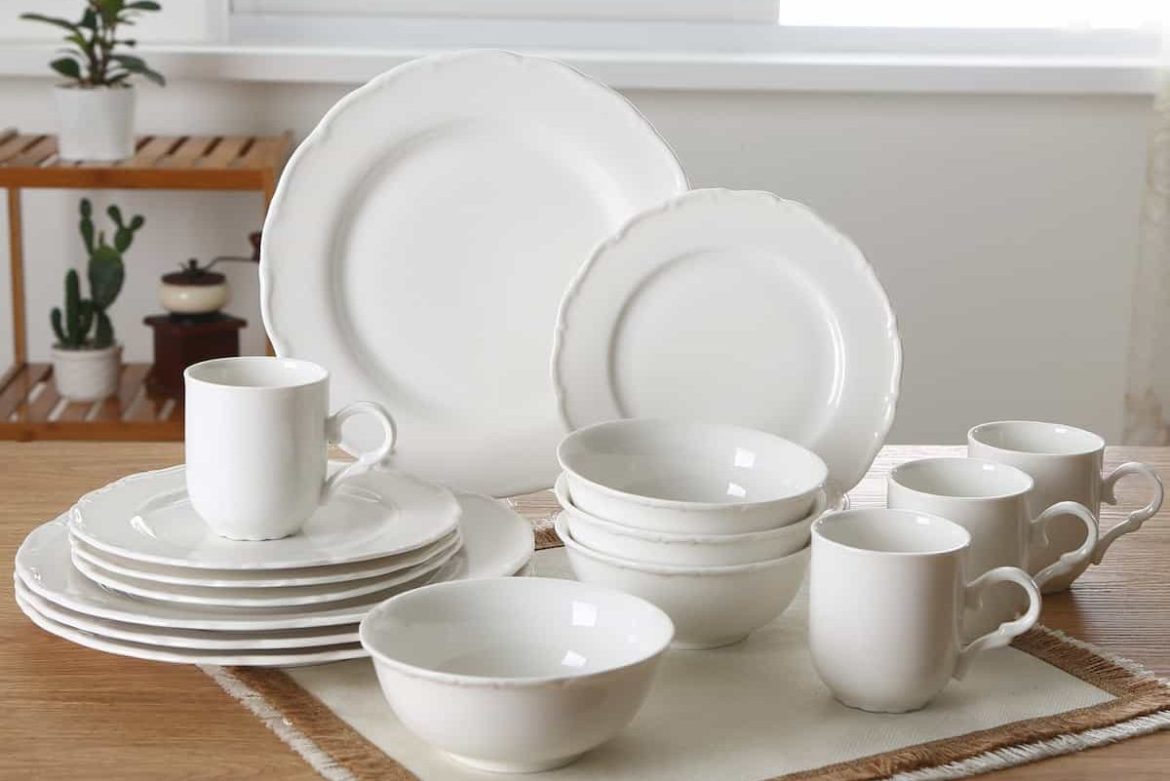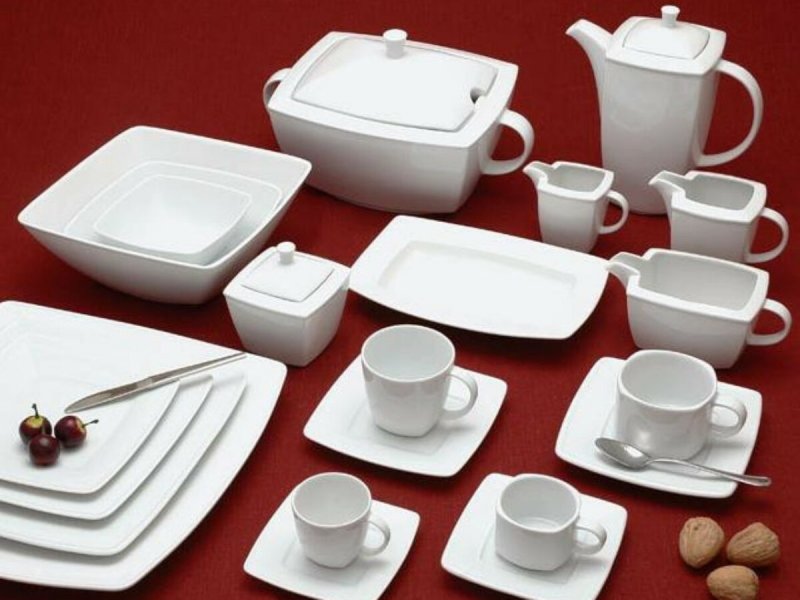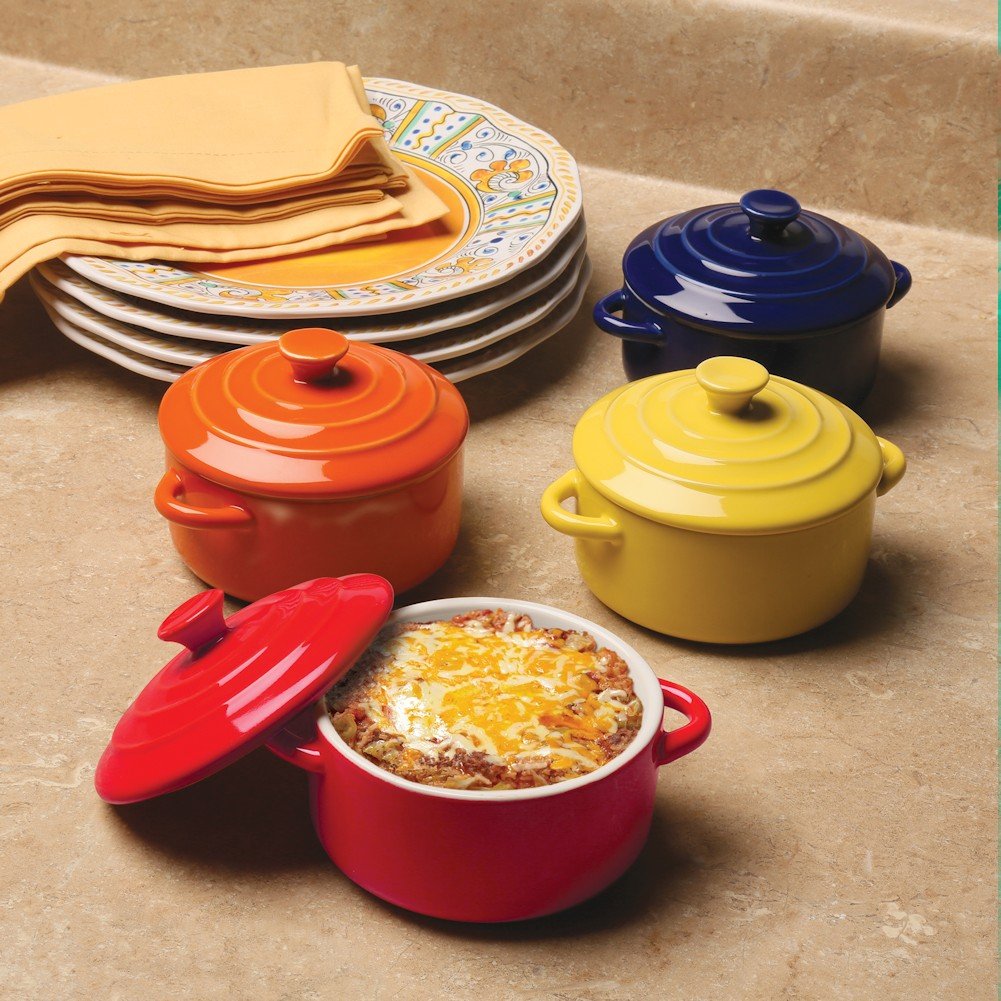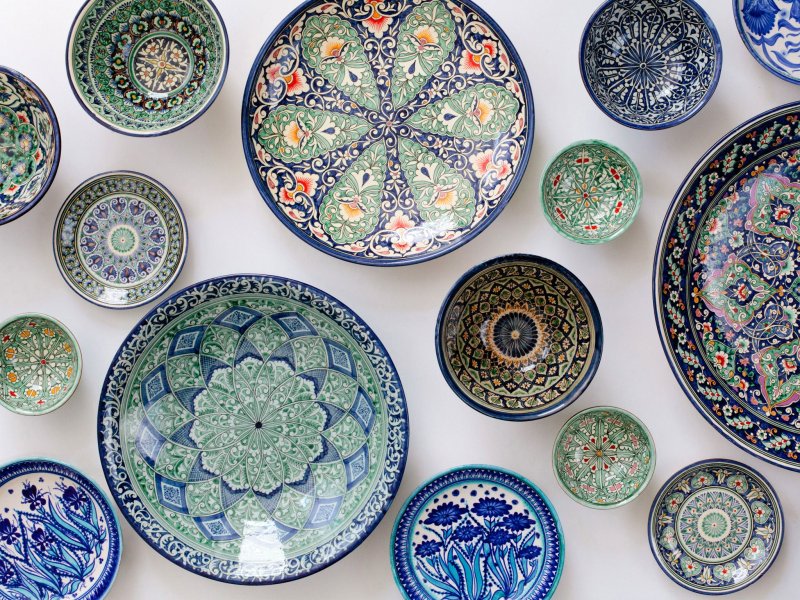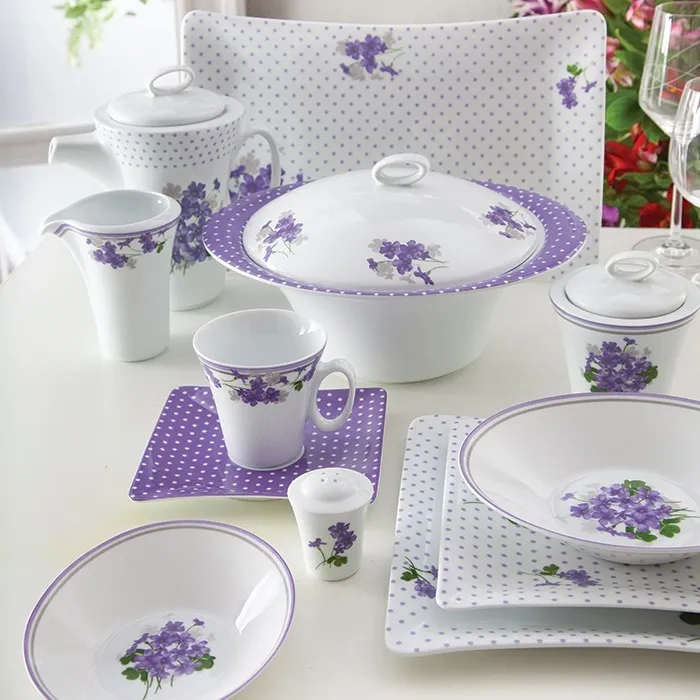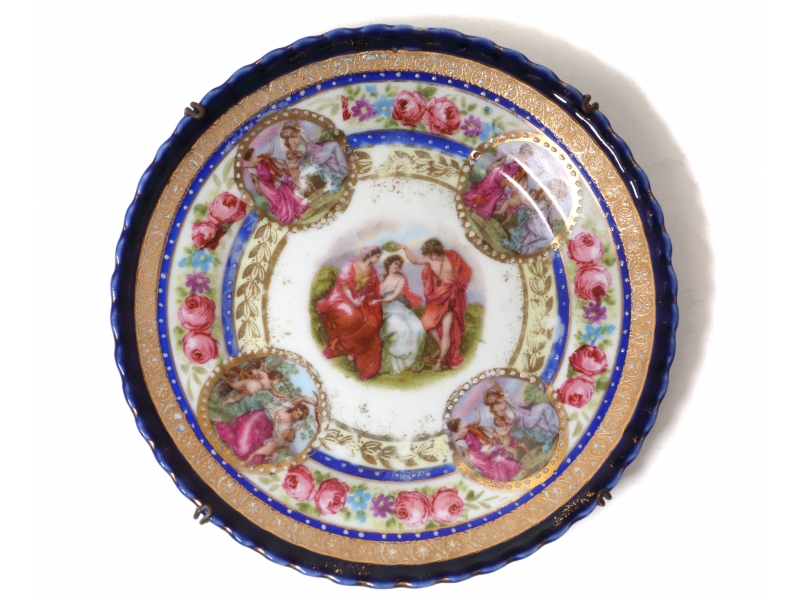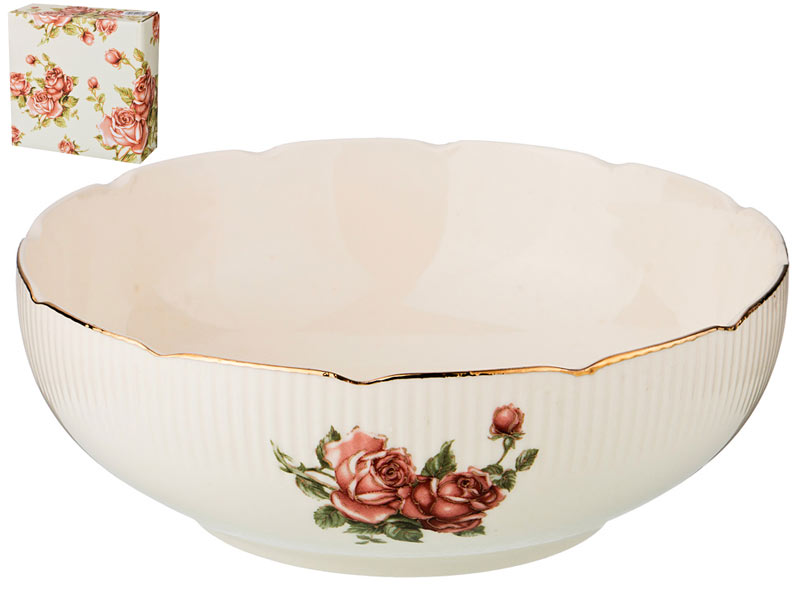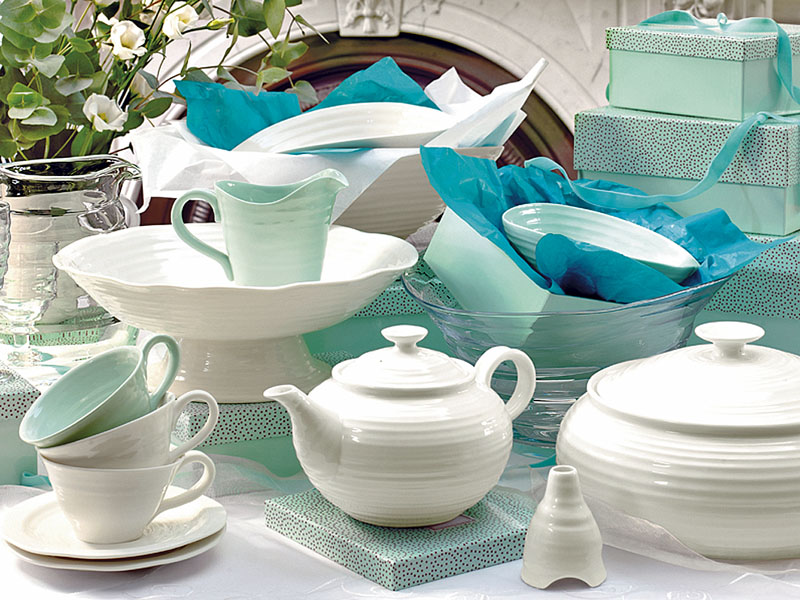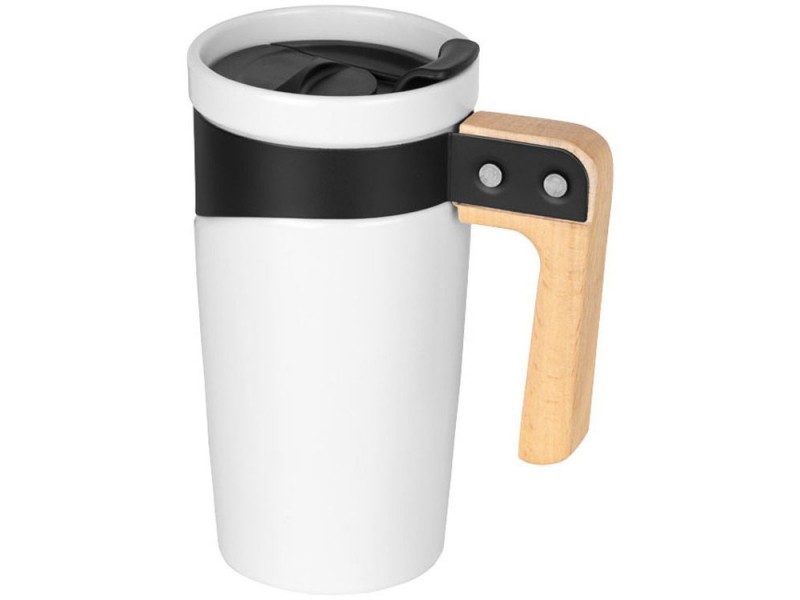Understanding the Differences and Making an Informed Choice
Introduction:
When it comes to selecting dinnerware, the choice between porcelain and ceramic plates is a common dilemma many consumers face. While both materials have their own unique qualities and advantages, understanding the differences between porcelain and ceramic plates can help you make an informed decision that aligns with your style, needs, and budget.
1. Composition and Manufacturing Process:
Porcelain plates are made from a combination of fine clay and other minerals, such as feldspar and silica. The materials are mixed, molded into shape, fired at high temperatures (around 2,650°F or 1,450°C), and then glazed to give them a smooth, glass-like finish. The high firing temperature results in a denser and more durable final product.
On the other hand, ceramic plates can be made from several types of clay, including earthenware, stoneware, and bone china. Each ceramic material undergoes a similar process of mixing, molding, and firing, but at lower temperatures compared to porcelain. The lower firing temperatures result in a less dense and slightly more porous finished product.
2. Appearance and Design:
Porcelain plates are renowned for their elegant and refined appearance. They often have a translucent quality and a pure white color, with a delicate and smooth finish. The glaze used on porcelain plates helps to enhance the vibrancy, depth, and sheen of the surface. Porcelain is often associated with fine dining and formal occasions due to its luxurious and sophisticated aesthetic.
Ceramic plates come in a variety of colors, patterns, and finishes. They offer more options for design customization, allowing for a range of styles from traditional to contemporary. Ceramic plates can have a more rustic or casual look, depending on the chosen material and design. Their versatility makes them suitable for both everyday use and special occasions.
3. Durability and Strength:
Porcelain plates are known for their exceptional durability and strength. The high firing temperature and dense composition make them resistant to chipping, scratching, and cracking. They are less likely to absorb moisture and retain stains or odors, making them highly suitable for regular use. Porcelain plates can withstand high temperatures, making them microwave and oven safe.
Ceramic plates, while generally sturdy, are more prone to chipping and cracking compared to porcelain. The lower firing temperature results in a less dense structure, making them more porous and less durable. However, some types of ceramic like stoneware and bone china can be more robust and resistant to damage than earthenware. Ceramic plates are also microwave and oven safe, but it is important to check the specific manufacturer’s guidelines.
4. Heat Retention and Evenness:
Porcelain plates have exceptional heat retention capabilities, ensuring that your food stays warm for longer periods. This feature makes them ideal for serving hot dishes, such as soups, stews, and casseroles. The even distribution of heat across the plate’s surface helps to maintain the temperature of the food.
Ceramic plates, although not as efficient as porcelain in terms of heat retention, still offer good insulation properties compared to other materials like glass or metal. They can store and distribute heat relatively well, allowing your meals to stay warm for a reasonable amount of time.
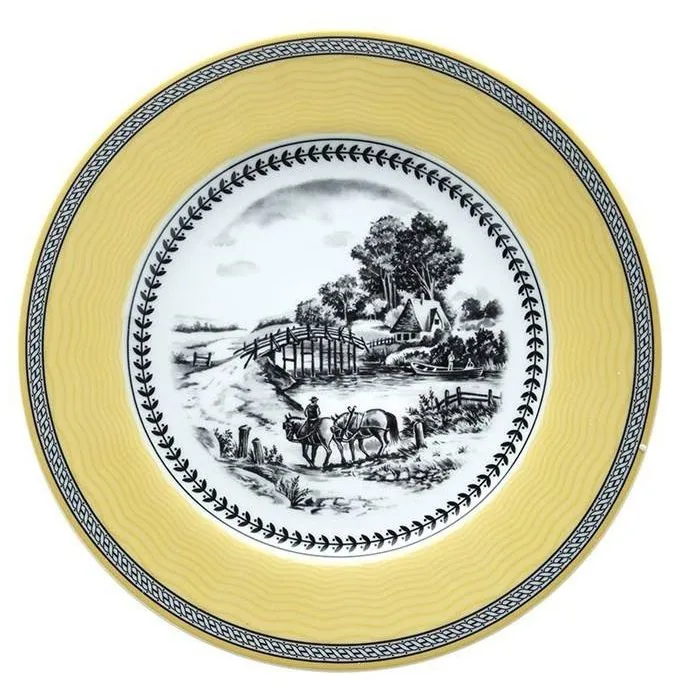
5. Maintenance and Care:
Porcelain plates are relatively easy to clean and maintain. The non-porous nature of porcelain makes it resistant to staining and odor retention. Most porcelain plates are dishwasher safe, but it is recommended to hand wash more delicate or heirloom pieces to prevent accidental damage.
Ceramic plates, especially earthenware, may require a bit more care. The porous nature of some ceramic materials can make them more susceptible to staining and absorption of odors. While some ceramic plates are dishwasher safe, hand washing is recommended to extend their lifespan. It’s also important to avoid exposing ceramic plates to drastic temperature changes, as this can cause cracking.
6. Price Range:
Porcelain plates, given their higher quality and perceived value, are usually more expensive than ceramic plates. The intricate manufacturing process and the refinement of the raw materials contribute to their higher price point. However, prices can vary significantly depending on the brand, design, and the presence of any additional embellishments.
Ceramic plates, being more widely available and produced with a range of materials, tend to be more affordable. Earthenware is typically the least expensive, while stoneware and bone china fall in the mid-price range. Prices for ceramic plates can also vary based on the brand, design complexity, and any added decorative elements.
Conclusion:
Choosing between porcelain and ceramic plates ultimately comes down to personal preference, desired aesthetics, and the intended use. Porcelain plates offer timeless elegance, exceptional durability, and heat retention properties, making them ideal for formal occasions. Ceramic plates, on the other hand, provide a wider range of design options, can be more affordable, and are suitable for both everyday use and casual gatherings.
Consider the level of care, maintenance requirements, and specific use cases when making your decision. With a clear understanding of the differences and features of porcelain and ceramic plates, you can confidently select the dinnerware that best suits your style, functionality, and budget.Porcelain vs. Ceramic Plates: Understanding the Differences and Making an Informed Choice
Introduction:
When it comes to selecting dinnerware, the choice between porcelain and ceramic plates is a common dilemma many consumers face. While both materials have their own unique qualities and advantages, understanding the differences between porcelain and ceramic plates can help you make an informed decision that aligns with your style, needs, and budget.
Porcelain Plates:
1. Premium Quality and Elegance:
Porcelain plates are renowned for their exceptional quality and elegance. The fine clay and mineral composition, coupled with the high firing temperature, result in a dense and durable product. Porcelain plates have a refined appearance, with a translucent quality, pure white color, and a delicate, smooth finish. This makes them a popular choice for formal dining and special occasions, where a touch of sophistication is desired.
2. Durability and Longevity:
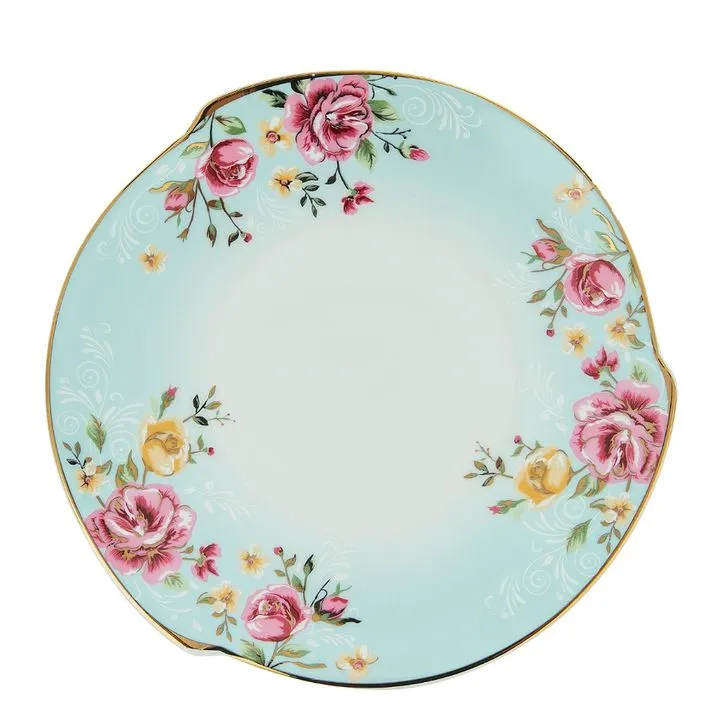
The density and strength of porcelain plates make them highly resistant to chipping, cracking, and scratching. Porcelain plates can withstand high temperatures, making them oven and microwave safe. Due to their durability, they are less likely to absorb moisture, stains, or odors, ensuring that they remain in pristine condition over time. Investing in porcelain plates can provide you with dinnerware that will last for generations.
3. Heat Retention:
Porcelain plates excel at heat retention, ensuring that your food stays warm for longer periods. When serving hot dishes, such as soups or stews, porcelain plates help to maintain the temperature and enhance your dining experience. The even distribution of heat across the plate’s surface guarantees that every bite is enjoyed at its best.
4. Ideal for Fine Dining:
Porcelain plates are synonymous with luxury dining experiences. They are popular among restaurants, hotels, and caterers due to their elegant appearance and durability. Choosing porcelain plates for your establishment can elevate the dining experience for your customers and create a sense of sophistication and refinement.
Ceramic Plates:
1. Versatility and Design Options:
Ceramic plates offer a wide range of design options and versatility. They are available in various colors, patterns, and finishes, allowing you to find a style that matches your preferences and complements your table setting. Ceramic plates can be more rustic or casual in appearance, making them suitable for everyday use and informal gatherings.
2. Different Ceramic Materials:
Different types of ceramics, such as earthenware, stoneware, and bone china, offer varying levels of durability and aesthetics.
a) Earthenware: Earthenware ceramic plates are typically less expensive and have a more traditional or rustic appeal. While they are more prone to chipping and cracking, they can add a warm and cozy ambiance to casual dining settings.
b) Stoneware: Stoneware ceramic plates are known for their strength and durability. They have a higher density compared to earthenware, making them more chip-resistant and long-lasting. Stoneware plates are an excellent choice for everyday use as they strike a balance between functionality and aesthetics.
c) Bone China: Bone china plates are made from a mixture of bone ash, china clay, and feldspar. They have a delicate appearance, superior strength, and excellent translucency. Bone china plates are lightweight, resilient, and have a luxurious feel. They are a top choice for formal dining and high-end establishments.
3. Affordable Options:
Ceramic plates, especially those made of earthenware, are generally more affordable compared to porcelain plates. If you are looking for budget-friendly dinnerware that still offers style and versatility, ceramic plates are a suitable option.
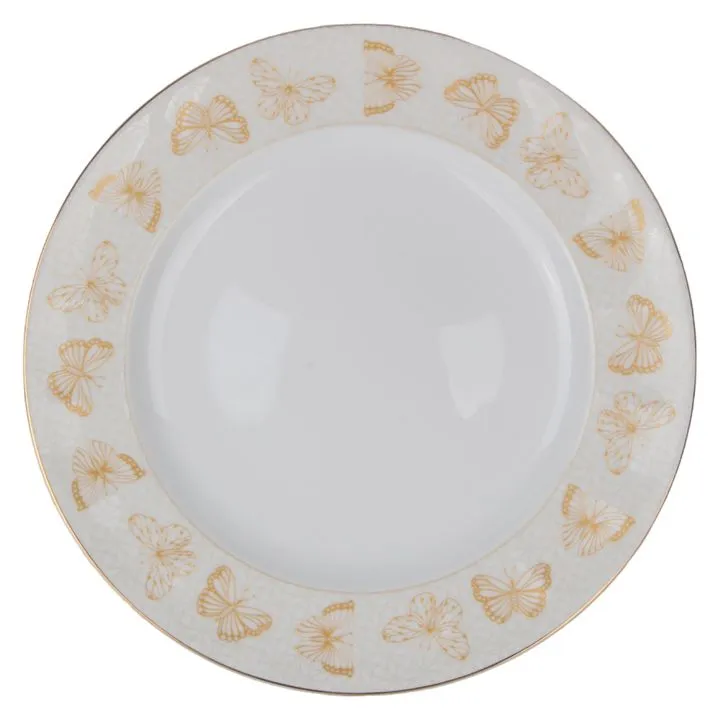
4. Customizability and Personalization:
Ceramic plates allow for greater customization and personalization compared to porcelain. Ceramic artists and craftsmen can create bespoke designs, hand-painted patterns, or unique surface textures to suit your specific preferences or brand identity. This makes ceramic plates an attractive choice for businesses that want to add a touch of individuality to their table setting.
Choosing the Right Dinnerware for Business:
1. Consider the Brand Image:
When selecting dinnerware for your business, it’s crucial to choose plates that align with your brand image and values. Porcelain plates can convey a sense of elegance and sophistication, making them ideal for high-end restaurants, hotels, and fine dining establishments. On the other hand, ceramic plates offer versatility and customization options, making them suitable for a range of settings, from casual cafes to trendy eateries.
2. Assess the Usage Patterns:
Examine your business’s specific needs and usage patterns before making a decision. If you anticipate high volumes of customers or frequent handling of plates, durability becomes a critical factor. Porcelain’s superior strength and resistance to wear and tear make it a reliable choice for busy establishments.
3. Consider Maintenance and Care Requirements:
Be mindful of the maintenance and care requirements associated with each type of dinnerware. Porcelain plates are more forgiving in terms of staining and odor retention, requiring less effort for upkeep. Ceramic plates, especially earthenware, may need extra care to prevent staining and to prolong their lifespan.
4. Establish a Budget:
Establishing a budget is essential when deciding between porcelain and ceramic plates. Porcelain plates are often more expensive due to their premium quality and refined appearance. Ceramic plates provide cost-effective alternatives while still offering a wide range of design options.
Conclusion:
The choice between porcelain and ceramic plates ultimately comes down to personal preference, style, budget, and the specific requirements of your business. Porcelain plates offer unmatched elegance, durability, and heat retention, making them a preferred choice for formal dining. Ceramic plates, with their versatility, customization options, and affordability, are ideal for everyday use and more casual dining environments.
By understanding the differences and unique characteristics of porcelain and ceramic plates, you can make an informed decision that reflects your business’s image, customer needs, and long-term goals. Whether you choose the timeless appeal of porcelain or the customizable versatility of ceramics, investing in quality dinnerware can enhance the dining experience for both your guests and your business.
